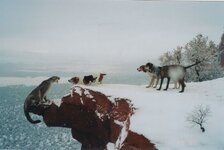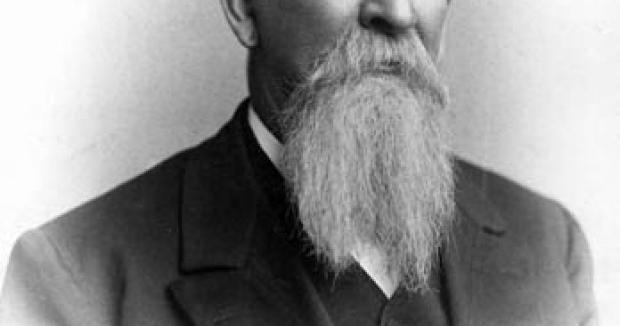Staff Member
Gold Lifetime
- Messages
- 21,934
- Reactions
- 63,496
So, I've been enjoying the "old west vignettes" they have on In Range TV. It got me to thinking about the many colorful persons that took part in that time and place of the 19th century American west. Curious about other folks here who found this the history interesting. Who would you pick? Be it a frontiersman, explorer, religious figure, inventor, business person, statesman, soldier, criminal, lady of the evening, gambler, lawman, etc.
Thanks for sharing.
Thanks for sharing.



















